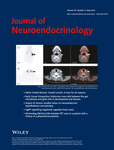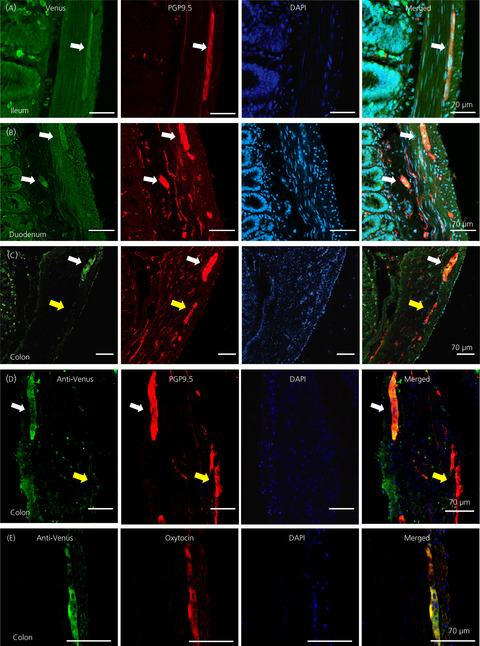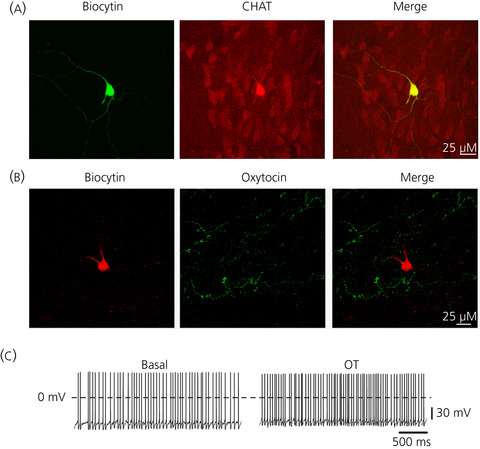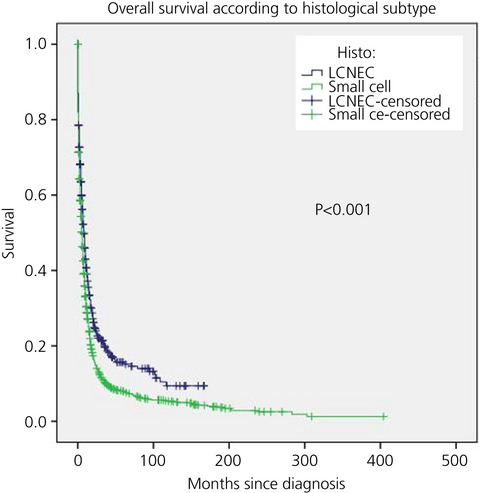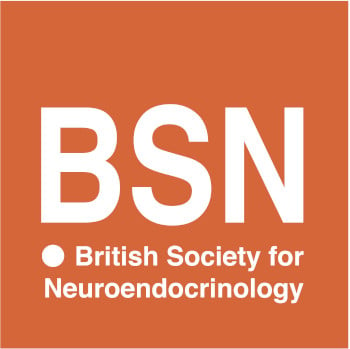Journal list menu
Export Citations
Download PDFs
ISSUE INFORMATION
FUNDAMENTAL AND MECHANISTIC NEUROENDOCRINOLOGY
EDITOR INVITED REVIEW
Gerald Lincoln: A man for all seasons
- First Published: 04 May 2021
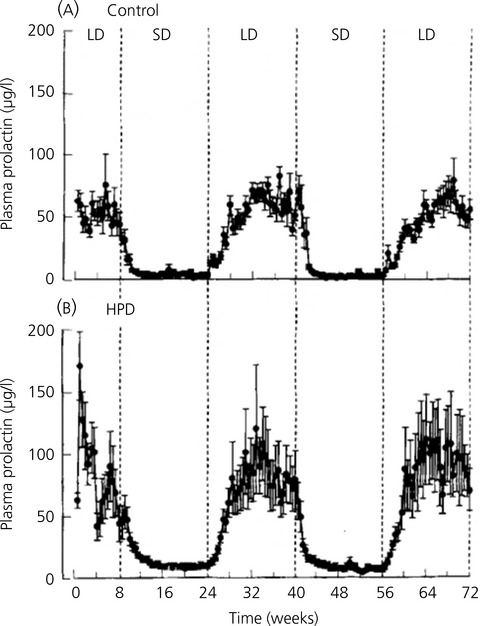
Gerald Lincoln was an outstanding scientist and naturalist who was a key figure in developing our understanding of the neuroendocrine mechanisms underlying seasonal rhythmicity. He died in July 2020. This article considers some of his major contributions to the field, including his observation that melatonin could regulate seasonal cycles in prolactin secretion in sheep with a surgical disconnection of the pituitary gland and hypothalamus, acting via the pars tuberalis of the pituitary.
EARLY CAREER PERSPECTIVE
Endocrine cross-talk between the gut microbiome and glial cells in development and disease
- First Published: 29 November 2020
ORIGINAL ARTICLES
Impact of chronic variable stress on neuroendocrine hypothalamus and pituitary in male and female C57BL/6J mice
- First Published: 24 April 2021
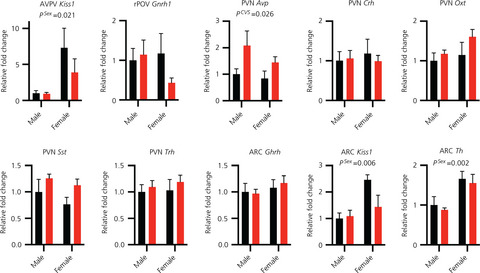
In response to 14 days of chronic variable stress, there is an upregulation of the neuroendocrine stress axis and a mild disruption of female reproductive function. However, there was little change in other neuroendocrine axes controlling anterior and posterior pituitary secretion suggesting that most neuroendocrine axes are relatively resilient to 14 days chronic variable stress.
Hormonal and neural responses to restraint stress in an animal model of perimenopause in female rats
- First Published: 26 April 2021
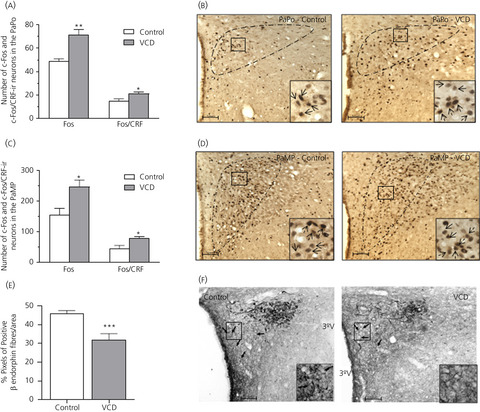
The most striking result found in this present study was that the stress response of adrenal hormones was longer in 4-vinylcyclohexene diepoxide-treated rats. Thus, the prolonged recovery period appears to have been associated with the lower density of beta endorphin in locus coeruleus and paraventricular nucleus, which provoked a more effective and long-lasting increase in the neuronal activity of these two nuclei.
AgRP signalling negatively regulates bone mass
- First Published: 29 April 2021

The results from the present study highlight the complexity of the central control of the skeleton and specifically also demonstrate a direct role for agouti-related peptide (AgRP), an orexigenic peptide expressed in the arcuate nucleus of the hypothalamus, in the regulation of bone structure. This function appears to be independent of the commonly co-localised neuropeptide Y. Furthermore, we demonstrate a critical role for AgRP in regulating the metabolic response to fasting and re-feeding.
Identification of peripheral oxytocin-expressing cells using systemically applied cell-type specific adeno-associated viral vector
- First Published: 14 April 2021
TRANSLATIONAL AND CLINICAL NEUROENDOCRINOLOGY
ORIGINAL ARTICLES
Misleading 68GALLIUM-dotatate PET scan in a patient with a history of a phaeochromocytoma: Unsuspected uptake in papillary thyroid carcinoma metastases
- First Published: 23 March 2021
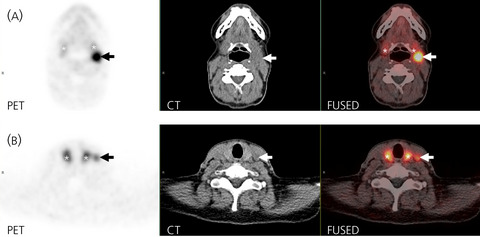
Ga-68-dotatate positron emission tomography imaging is widely used in identifying neuroendocrine tumours, phaeochromocytomas and paragangliomas. In this patient, the apparent identification of a head-and-neck paraganglioma led to a delayed diagnosis of a papillary thyroid carcinoma with lymph node metastases.
Surgery of the primary tumour in 201 patients with high-grade gastroenteropancreatic neuroendocrine and mixed neuroendocrine-non-neuroendocrine neoplasms
- First Published: 26 March 2021
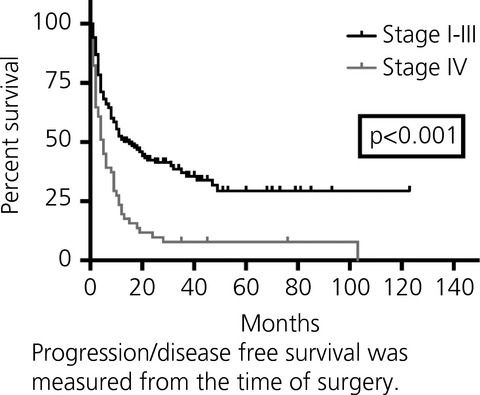
We present the largest study reported to date in patients undergoing surgical resection for high-grade gastroenteropancreatic neuroendocrine neoplasms or mixed neuroendocrine-non-neuroendocrine neoplasms. We conclude that surgery is beneficial if an R0 resection margin can be obtained. These results may impact future clinical guidelines.
Outcomes of small-cell versus large-cell gastroenteropancreatic neuroendocrine carcinomas: A population-based study
- First Published: 19 April 2021
2010 versus the 2000 consensus criteria in patients with normalised insulin-like growth factor 1 after transsphenoidal surgery has high predictive values for long-term recurrence-free survival in acromegaly
- First Published: 16 May 2021

We recruited 133 patients with acromegaly to investigate the recurrence factors after surgical remission during long-term follow-up. A failure of GH suppression under 0.4 μg/l during OGTT in patients with normalized IGF-1 and a higher Ki-67 index are independent predictors of recurrence after surgical remission. Compared to patients with nadir GH < 0.4 μg/l (2010 consensus criteria of remission), those with nadir GH 0.4–1.0 μg/l (2000 consensus criteria of remission) appear to have a significantly higher risk of recurrence.




